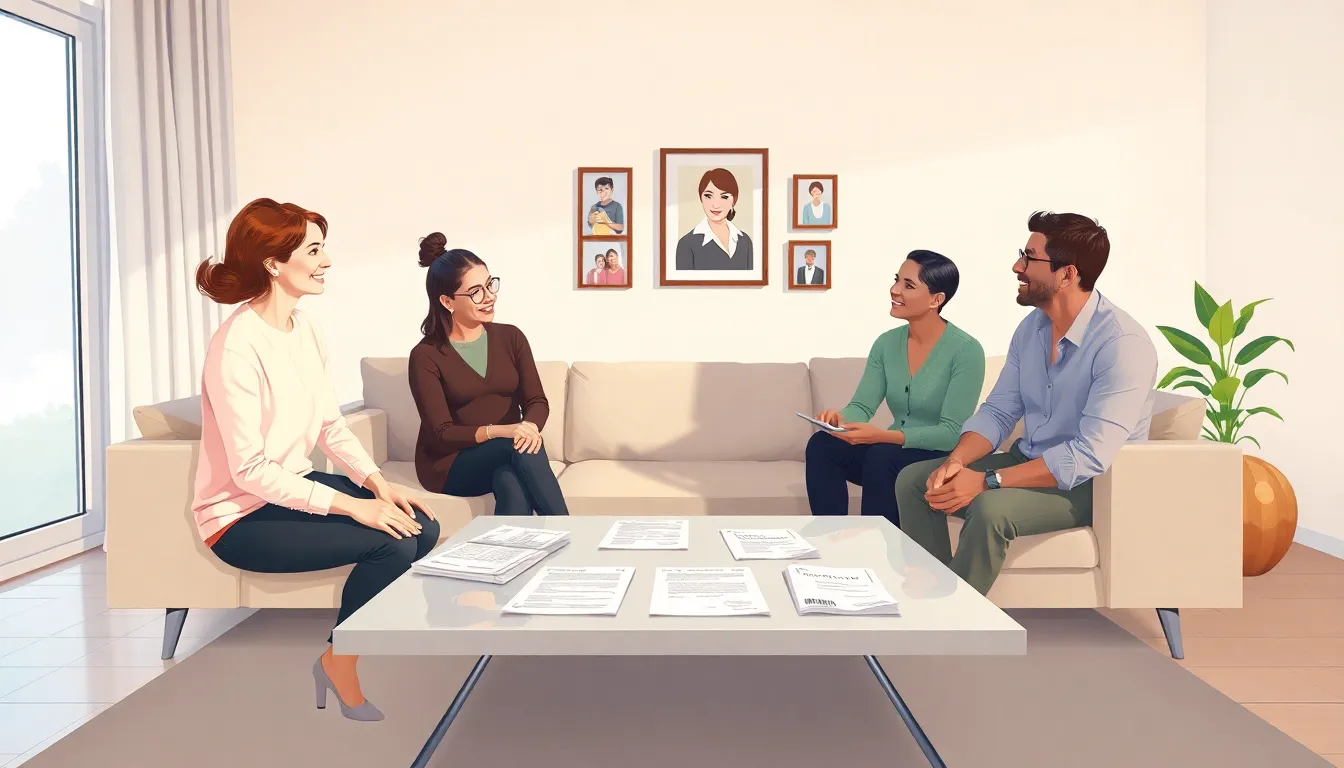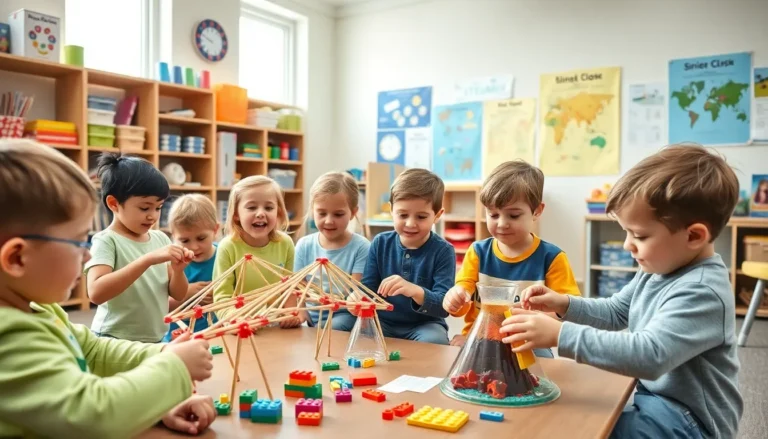Table of Contents
ToggleFostering vs. adoption, two terms that sound similar, but they’re as different as cats and dogs in a tutu. While both involve caring for children in need, the paths diverge broader than a country road. So, buckle up as we explore this nuanced terrain filled with heartwarming stories, legal complexities, and tips that can help prospective parents decide which path is right for them. By the end of this journey, you’ll have a clearer picture of fostering and adoption, armed with the knowledge to make informed decisions about your family’s future.
Understanding Fostering

What Is Fostering?
Fostering is a temporary arrangement in which individuals or families provide a home for children who cannot live with their biological parents. Think of foster parents as the safety nets for children in transition. They offer care, support, and stability while the children’s circumstances are being evaluated or improved. Foster care is typically arranged through government agencies or licensed organizations, ensuring that a child’s needs are met during this often tumultuous time.
Types Of Fostering Programs
Various fostering programs cater to diverse needs:
- Short-term Fostering: This is the most common type, designed for children who require a safe place until they can return home.
- Long-term Fostering: Aimed at children who cannot safely return to their biological families for an indefinite period.
- Respite Fostering: This provides temporary relief for regular foster parents. It’s like a mini vacation but for those tirelessly caring for children.
- Emergency Fostering: Designed for immediate placement when a child’s safety is in jeopardy. Often, these placements last only a few days, but they can make a world of difference in a child’s life.
Duration And Objectives Of Fostering
Fostering usually emphasizes reunification with the biological family whenever it’s safe. The duration of fostering can vary widely from a few days to several years, based on each case’s specifics. Eventually, the objective may pivot based on the needs of the child and the biological parent’s progress.
Support is crucial during this time. Foster parents may receive training and mentoring from social workers as they navigate challenges unique to each child’s situation. For many, fostering is an emotional fulfillment, experiencing the joy of helping children heal while getting a deep insight into their lives and backgrounds.
Understanding Adoption
What Is Adoption?
Adoption is a permanent legal arrangement that transfers parental rights from the biological parents to the adoptive parents. When a child is adopted, they gain a new family who intends to love and nurture them indefinitely. Unlike fostering, adoption provides the security of a lifelong relationship, which can be an incredibly enriching experience for both the child and parents involved.
Types Of Adoption
Adoption can take several forms:
- Domestic Adoption: This involves adopting a child from the same country, often handled through agencies or private arrangements.
- International Adoption: This type brings children from outside the country’s borders into a new family, often providing a unique adventure in learning about different cultures.
- Open Adoption: In open adoptions, there may be communication and contact between the adoptive family and the birth family. It’s like a web that keeps connections intact in a new context.
- Closed Adoption: This offers anonymity to the birth parents and typically provides limited or no access to identifying information about them.
Legal Process And Permanency Of Adoption
The legal journey to adoption can be intricate, involving home studies, social worker evaluations, and sometimes court appearances. It often takes longer than fostering, due to the thoroughness required to ensure a child’s placement is in their best interest. Once the adoption is finalized, the new parents receive irrevocable legal rights and responsibilities, granting them the same rights as biological parents. Hence, adoption offers permanence and stability, which can be particularly appealing for both the child and the family involved.
Key Differences Between Fostering And Adoption
Emotional Considerations
Fostering is often temporary, which can mean saying goodbye after forming tight bonds, an experience that can be heart-wrenching. Meanwhile, adoption aims for a lasting commitment, intending to foster a lifetime relationship. Hence, while both options radiate love, the emotional stakes differ significantly depending on the pathway chosen.
Legal Implications
In fostering, parents have limited legal rights, as the biological parents maintain the ultimate authority over the child’s future. Adoption, but, severs that legal tie permanently. This critical difference shapes the everyday experience of both foster and adoptive families.
Support Systems Available
Support systems are essential in both fostering and adoption. Foster parents often receive training, access to social services, and financial assistance for childcare costs. Support groups also provide invaluable community encouragement. In contrast, adoptive parents can access resources like post-adoption services, legislative support networks, and counseling to assist with the transitional phases. Both paths come with challenges, but knowing help is available can ease the burden significantly.
Which Option Is Right For You?
Choosing between fostering and adoption can be daunting. Prospective parents should assess their emotional readiness and logistical capacity. If one can provide temporary support while understanding the child might return to their family, fostering could be the right choice. But, if the desire is for a long-term family addition, adoption might offer the fulfillment sought. Each path carries unique challenges and joys, requiring deep consideration of personal goals and family dynamics.






